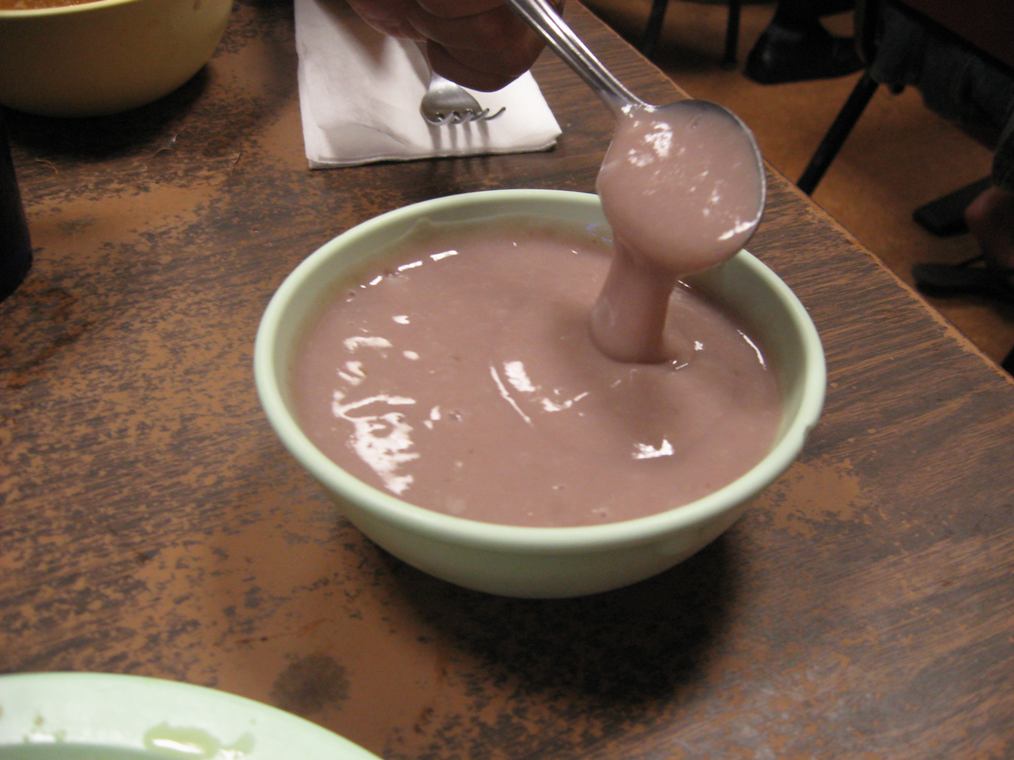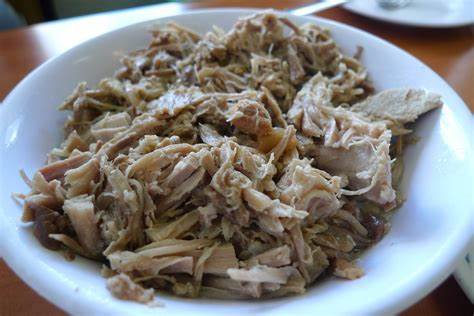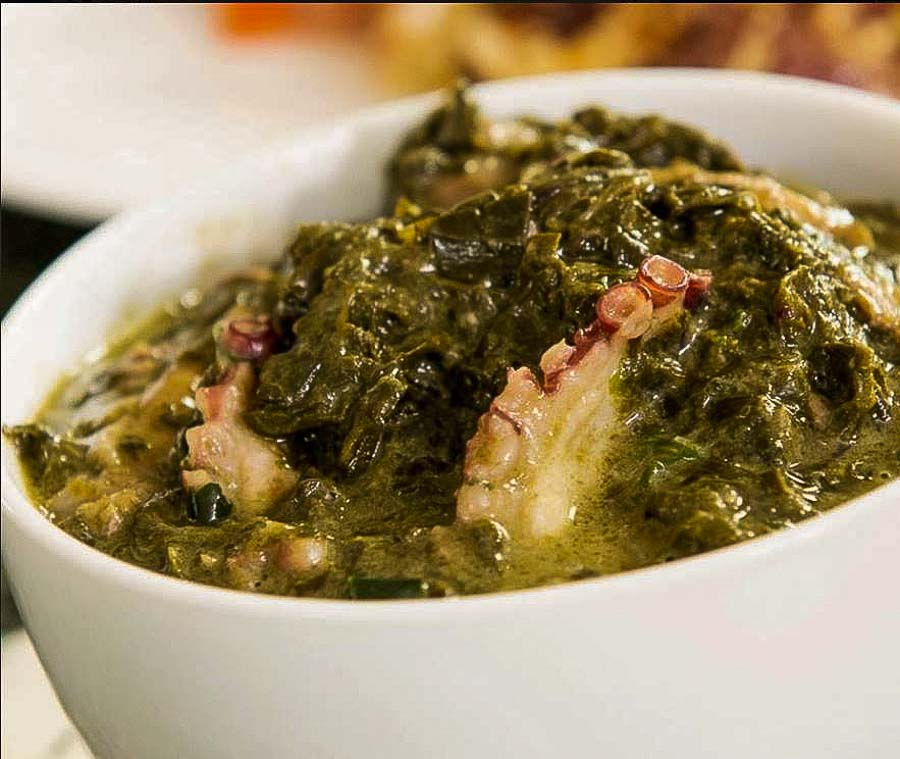The food of Hawaii is quite distinctive and reflects the tale of the archipelago!
Hawaii’s traditional cuisine is actually the result of the blending of meals brought to the island by immigrants from many other nations, including Chinese, American, Filipino, Portuguese, Polynesian, and Korean influences.
The outcome? the use of a wide range of animal and vegetable ingredients, as well as a harmonious blending of tastes, textures, and colors.
We suggest you try the local cuisine’s offerings with curiosity and a lack of any mistrust; you should remain assured even knowing that the ingredients are real and, for the most part, produced locally.
So, take note of the names of these 10 common foods and bring this list with you on vacation.
Enjoy your meal!
Poke

The traditional food of Hawaiian fishermen was poke, sometimes known as poké, and today almost everyone enjoys it.
It consists of raw fish, mainly tuna, that has been marinated in a variety of ingredients such soy sauce, sesame oil, green onions, and seaweed.
The meal is light and flavorful; it is frequently eaten as an appetizer but is also known as lunch.
There are also versions of Poke in which the tuna is replaced with octopus, salmon, or shellfish.
Is it the new sushi?
Sure, it’s a trendy dish outside of Hawaii as well; in California, in San Diego, there is even the “I love Poke” festival dedicated to the dish, and even in Europe there are restaurants where you can taste it.
Loco Moco

Created in the city of Hilo and much more caloric than Poke, Loco Moco (sometimes also written Locomoco) consists of a base of steamed white rice on which a hamburger and a fried egg are placed, washed down with gravy sauce.
This large-portioned fast-food dish was originally developed for surfers and is frequently eaten for dinner.
Today, the Loco moco is available in creative varieties made with bacon, chili peppers, ham, beef, chicken, prawns, and oysters.
Do you believe that some courageous people even consume it for breakfast?
Lau-Lau

The Lau-Lau is a tasty and attractive dish that is frequently served as an appetizer, in addition to evoking pity for the name that seems to have been made up by a child.
Pieces of chicken, pork, or fish are steamed after being wrapped in taro leaves (a purple-fleshed root that is popular in Hawaii). The object has the appearance of neat rolls or little green packets.
Each filled roll is wrapped in six or seven taro leaves, compressed firmly, and baked.
In ancient times, Lau-Lau was instead cooked underground.
Poi

This meal has very old origins because it was created before the western world had an impact on Hawaiian cuisine.
Since Poi is based on Taro, it is only fair to warn you that it may initially astonish you with its peculiar purplish color and semi-liquid consistency.
But because it’s healthy and full of fiber, vitamins, and minerals, you must taste it—even to respect the time-consuming preparation it demands!
The Taro actually needs to be peeled, boiled in water, and manually crushed until a thick violet liquid is produced. This liquid is then allowed to ferment for a few days.
Saimin

A truly fusion meal that was created during the plantation era by numerous Hawaiian immigrant groups and was influenced by Chinese mein, Filipino pancit, and Japanese ramen.
It is a soup of soft wheat noodles served in hot Japanese broth (dashi), accompanied by green onions and other ingredients of your choice, such as pieces of pork, nori seaweed and kamaboko – a fish-based food of Japanese origin.
Today Saimin is a very popular dish: you can find it in fast-food chains and it is sold together with hot dogs and hamburgers even in sports meeting places.
Huli-Huli Chicken

You can find this delicacy pretty much everywhere in the Hawaiian islands, and don’t be shocked if you see certain highways with vendors selling half chickens as well.
The meat of the chicken is usually moist and tender when it is grilled with sweet soy sauce, cane sugar, ginger, and fruit.
The name’s enigmatic origin is intriguing.
Since there was no rotisserie and the chickens were initially grilled on a grill with a spit, the Hawaiian word for “turn” is “Huli,” and the cooks used to shout “Huli!” when turning the chickens by hand to cook the other side.
Lomi-Lomi Salmon

This dish, which early Western sailors brought to Hawaii, is now a staple side dish.
The ingredients include diced salmon, tomatoes, lemon juice, sweet Maui onions, crushed ice, and occasionally a little spicy red pepper. It is a really fresh salad.
Guess who is getting a massage? Lomi means “massage.”
Naturally, the salmon will weaken it and effectively meld all the flavors.
Kalua Pig

You will undoubtedly have the opportunity to sample the renowned pork prepared using the Kalua technique if you attend the traditional Hawaiian celebration known as a luau.
The entire pig will be roasted for at least six hours in an “Imu,” a type of “oven” made of a sizable pit excavated into the ground and covered with banana leaves.
Today anyone can sample Kalua Pork, also known as Kalua Pig, although historically only chiefs and the king had this privilege.
Squid Luau

Even if the Squid Luau doesn’t look particularly delicious (you can probably expect some sort of creamy puree), this traditional and filling dish is worth trying.
Its many admirers appreciate the particular combination of flavors based on the balance between sweet, salty, and creamy.
It is made with squid, young taro leaves, coconut milk, Hawaiian salt, sugar, onions, and dried salt beef, and is cooked slowly (the pipikaula).
Haupia

Coconut milk and maize starch are used to make this common and flavorful treat, which is comparable to pudding and panna cotta.
Cut into squares and served to the table on Cordilina leaves, it is most commonly consumed during luau events.
It is very well-liked and is often a component of white wedding cakes.
It has a mild flavor and is lactose- and gluten-free. It also has a tropical flavor that makes you think of… Hawaii!